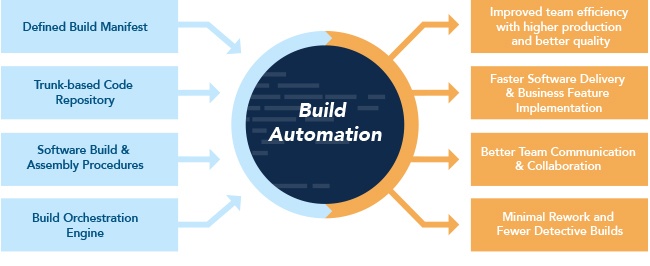Models
In this diagram, given the items on the left, implementing Build Automation will result in the items on the right.
A typical automated build process is shown in the diagram below. This will vary slightly based upon team structure and organization focus.



















